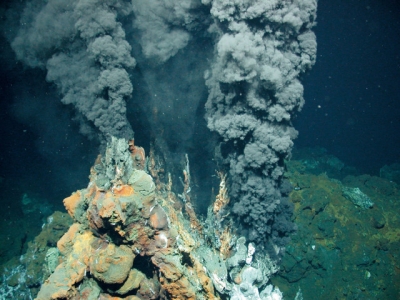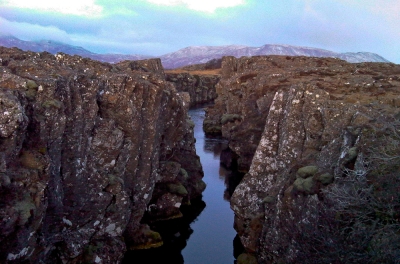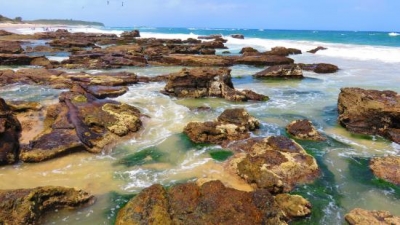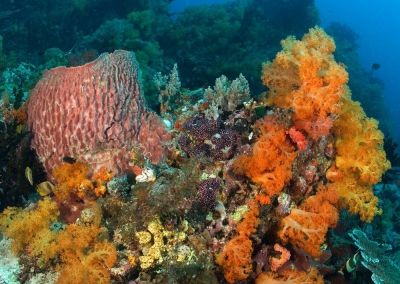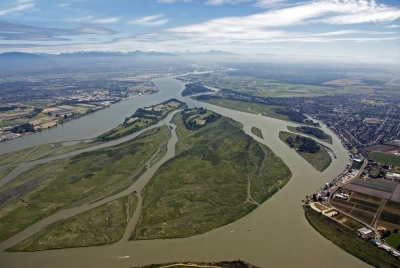
Near the sea, salt water mixes with fresh water, forming an estuary. The land is flatter, so the river slows down. If it slows down enough, mud is deposited, creating a delta with several channels that the river now flows through.
The basic difference between estuary and delta is that the former is a tidal mouth of the river, where it meets the sea, whereas the latter is nothing but the wetland, formed as a result of the accumulation of sediments carried by the river when it joins a standing water body.
While an estuary is a semi-enclosed body of water, where river meets the ocean, the delta is a low-lying plain, formed by the accumulation of alluvium. There is four major types of estuaries which are drowned river valley estuary, bar-built estuary, fjord estuary and tectonic estuary. On the contrary, various types of delta include wave-dominated delta, tide-dominated delta, Gilbert delta, tidal-freshwater delta, inland delta and mega-delta.
Picture Credit : Google






